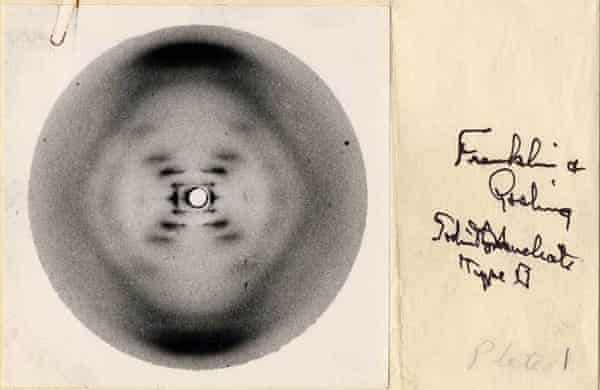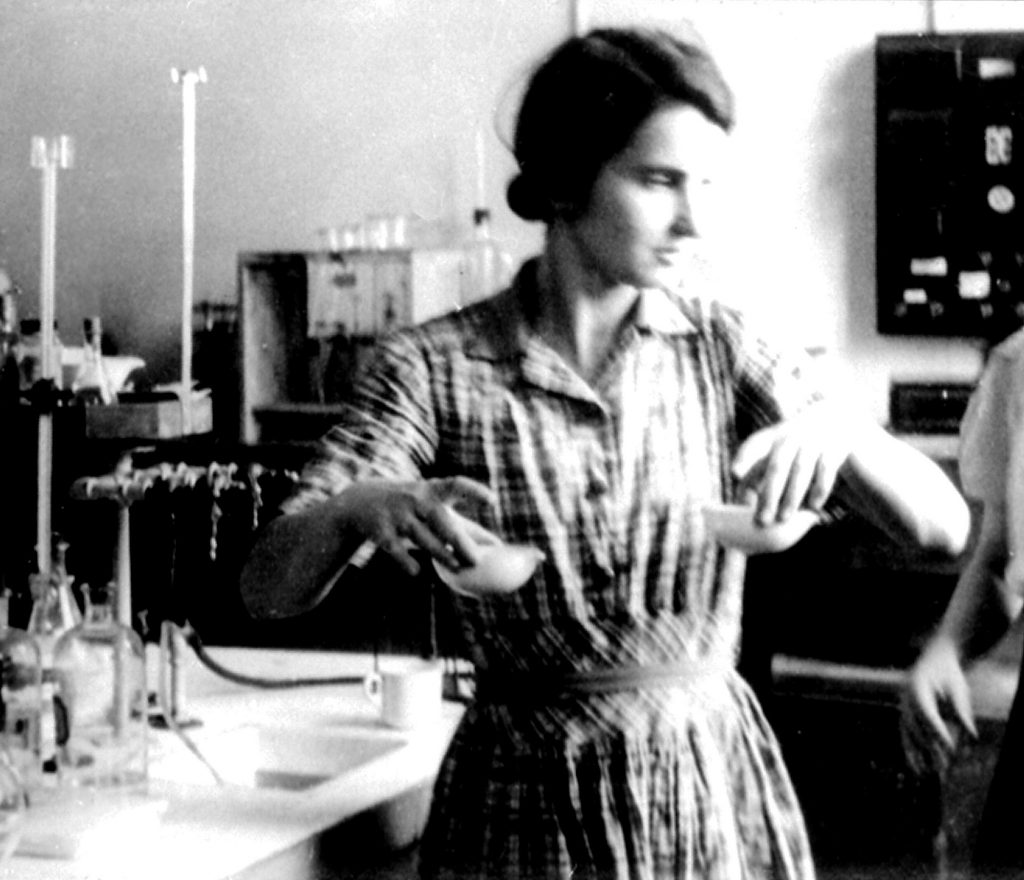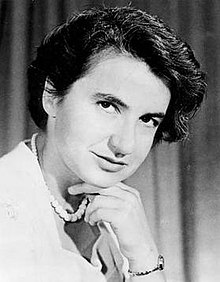Discovery of the Structure of DNA
When you think about the discovery of DNA, many names come to mind. Until recently, the names Francis Crick, James Watson, and Maurice Wilkins came to mind. Do you notice something in common about these names? They’re all men, but a woman’s name belongs there too. That woman’s name is Rosalind Franklin.
Rosalind Franklin’s Work
Rosalind Franklin largely contributed to the discovery of DNA’s structure, but her work was only recognized in 1958. Her work on the X-ray diffraction images of DNA while at King’s College London, specifically Photo 51, led to the discovery of the DNA double helix shape. Franklin’s photo largely proved DNA’s double-helix structure, but Francis Crick, James Watson, and Maurice Wilkins shared the Noble Prize in Physiology for Medicine in 1962 for the discovery, leaving her without any recognition. Only after her death was she credited for her contribution. In short, Watson and Crick based their model of DNA mostly on Rosalind Franklin’s research, which they analyzed and interpreted without her permission. By the time Rosalind Franklin had made her own report and conclusion on her discoveries, Watson and Crick had already published their model. Despite this, Franklin was good friends with Crick.

Franklin’s Life
Rosalind Franklin was an English chemist and X-ray crystallographer. She was a independent and sceptic thinker. Her work was central to the understanding of the molecular structures of viruses, coal, and graphite as well as DNA and RNA. Franklin’s work on viruses and coal was recognized during her lifetime, unlike her work on DNA. She was born on July 25th 1920, in London, to Ellis Arthur Franklin, an investment banker; and Muriel Frances Waley. Franklin graduated in natural sciences from Newnham College, Cambridge in 1941. Later, she enrolled for PhD in Physical Chemistry at the University of Cambridge. After joining King’s College London in 1951 as a research associate, she discovered the key properties of DNA. Due to a disagreement with her director, John Randall and colleague Maurice Wilkins, she had to move to Birkbeck College in 1953.
Untimely Sickness and Death
Rosalind Franklin’s life was sadly cut short by ovarian cancer. She passed away on 16 April 1958 at age 37 in Chelsea, London, England. She found out about her cancer in 1956. Being a strong resilient woman, Franklin continued to work and get results while receiving cancer treatment. She and her group wrote seven papers in 1956 and six more in 1957. She passed on the day before she was to unveil the structure of tobacco mosaic virus at an international fair in Brussels, halting her research.

Remembering Rosalind Franklin
Rosalind Franklin was a truly amazing woman who helped changed the field of genetics. Despite her untimely death, she made huge impacts in the time she had. Her research on viruses and DNA helped saved many peoples lives, and she finally receives credit for it. Although her work on DNA wasn’t recognized while she was alive, we must recognize it now, adding her name to the list of DNA structure discoverers. In the field of STEM, Rosalind Franklin is a name that shall be honored for generations. She is an inspiration to aspiring young women today.
Sources
Rosalind Franklin Wikipedia

